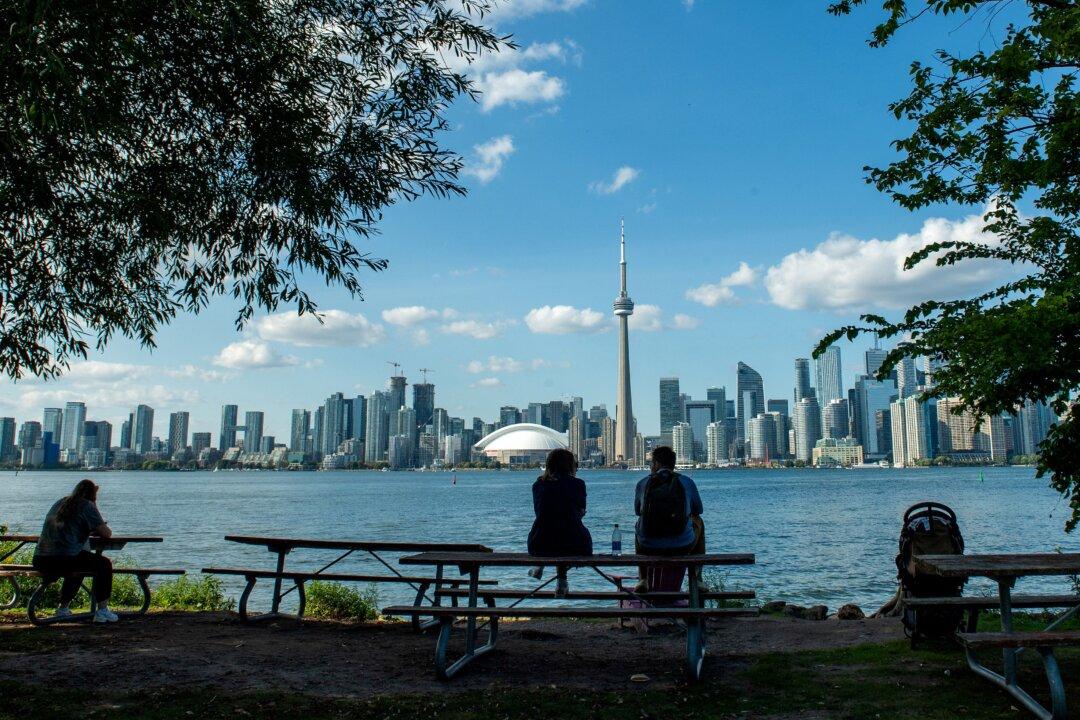Commentary
The Vancouver and Toronto markets, where population centres are geographically confined by virtual urban growth boundaries (UGBs), are at the epicentre of Canada’s housing crisis.

The Vancouver and Toronto markets, where population centres are geographically confined by virtual urban growth boundaries (UGBs), are at the epicentre of Canada’s housing crisis.